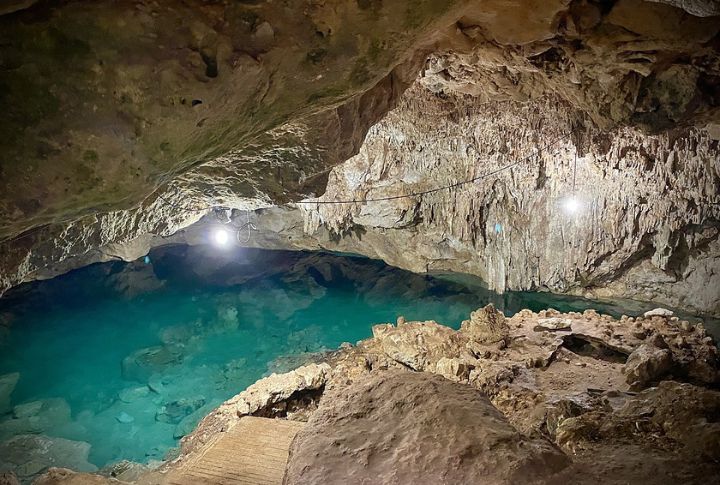
Centuries-old secrets lie hidden beneath the waters of the Yucatán Peninsula. From tools crafted by ancient hands to haunting relics of Ice Age giants, the caves preserve an underworld long forgotten. Here are ten discoveries from those submerged caves that rewrite history.
Stone Tools Reveal The Ingenuity Of Ancient Settlers
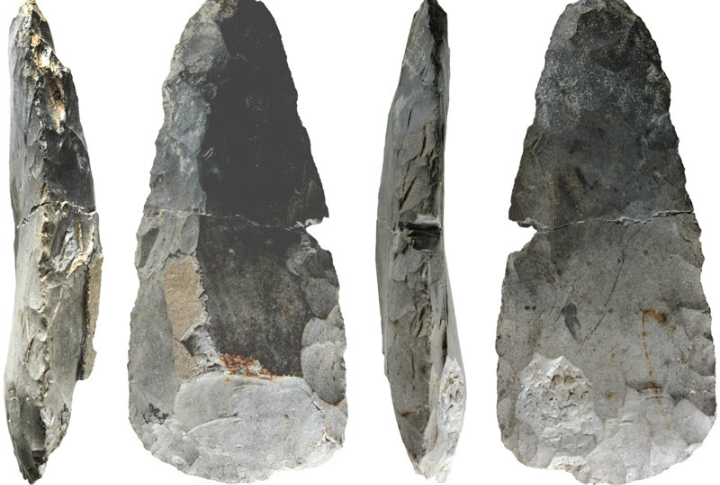
Over 10,000 years old, these tools found in cenotes carry the marks of early craftsmanship. Flint blades and spearheads hint at survival tactics. Early humans used these artifacts to shape their existence in the Yucatán’s one-of-a-kind environment.
Fossilized Megafauna Reveal Human Coexistence

Deep underwater in Hoyo Negro, the remains of mammoths, giant sloths, and other extinct creatures were found alongside a 13,000-year-old human skeleton. These findings bring attention to the shared existence of early humans and megafauna during the Ice Age, offering a glimpse into their dynamics.
Human Skulls Point To Ceremonial Cave Ceremonies
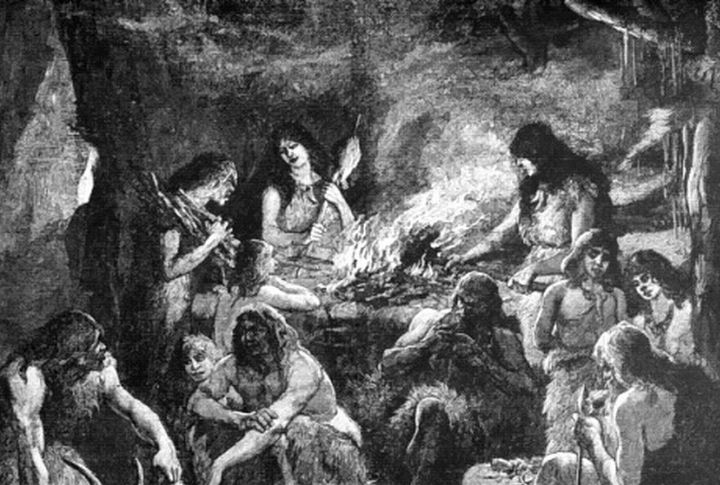
Delicately placed skulls, some over 9,000 years old, suggest these caves were used for rituals. Many skulls were found intact, which raises questions about their purpose. Were they offerings to water deities or markers of significant events that need further revelations?
Ocher Mines Highlight Resourceful Pigment Extraction
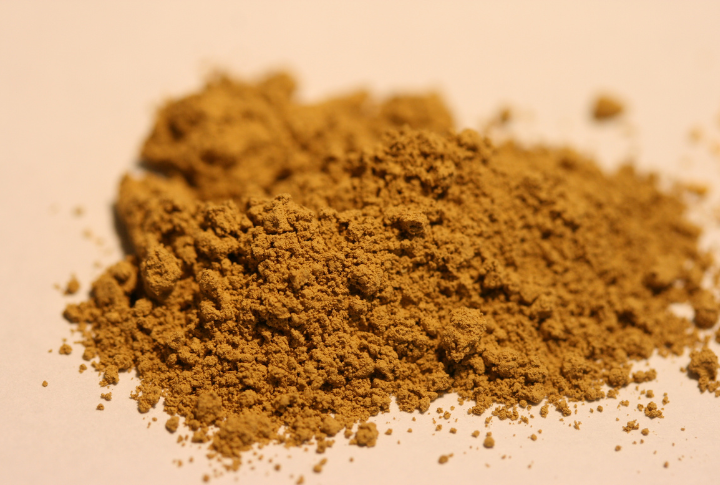
Vivid red ocher was mined here 12,000 years ago, long before similar discoveries were made elsewhere. This mineral, prized for rituals and art, was painstakingly extracted in pitch-black conditions. In the Yucatán cenotes, this ancient mine is the oldest known source for extracting ocher.
Preserved Pottery Reflects Early Culinary Traditions

Pottery fragments hint at how food and water were stored by the Maya. Though direct evidence from submerged caves is scarce, the ceramics plausibly reflect ancient cooking practices and dietary habits. This is a glimpse into their daily lives thousands of years ago.
The Haunting Skeleton Of ‘Naia’ Rewrites History
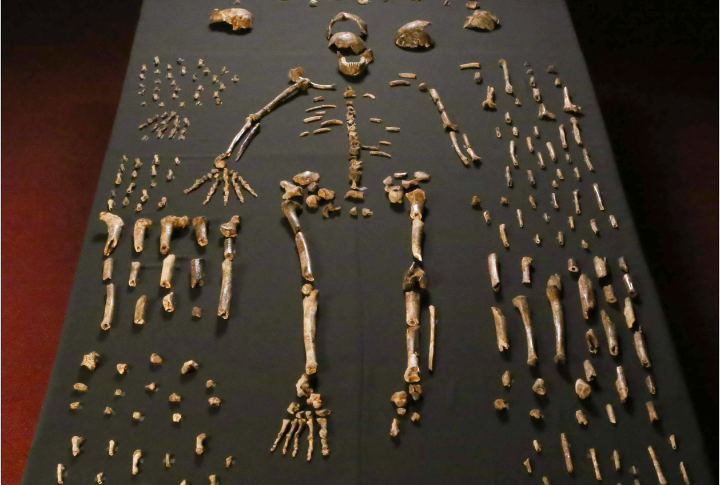
Hoyo Negro’s underwater cave yielded Naia’s 13,000-year-old skeleton, one of the oldest to reveal genetic ties to modern Indigenous groups. Her DNA provided an essential link between the ancients and their descendants, giving them a rare glimpse into genetic evolution over thousands of years.
Submerged Temples Reveal Sacred Connections To Water
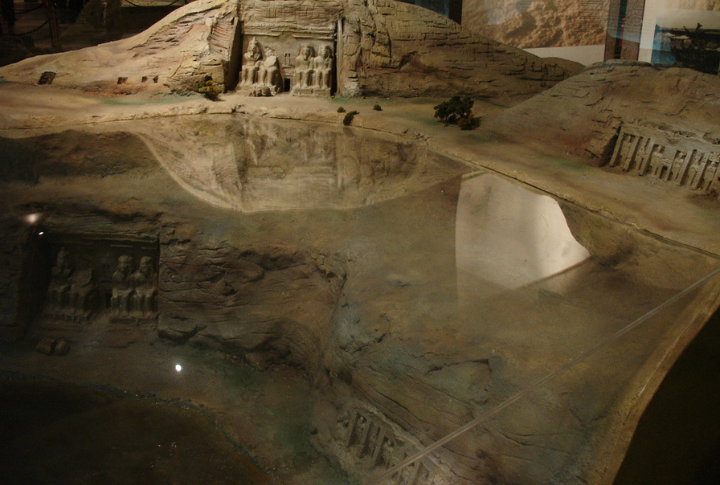
Altars and ceremonial structures found in cenotes demonstrate the Maya’s reverence for water as a life source. Cenotes were gateways to the underworld in their mythology. The discoveries paint a picture of how spiritual beliefs and natural landscapes existed as one.
Calcified Bones Preserve Ice Age Mysteries
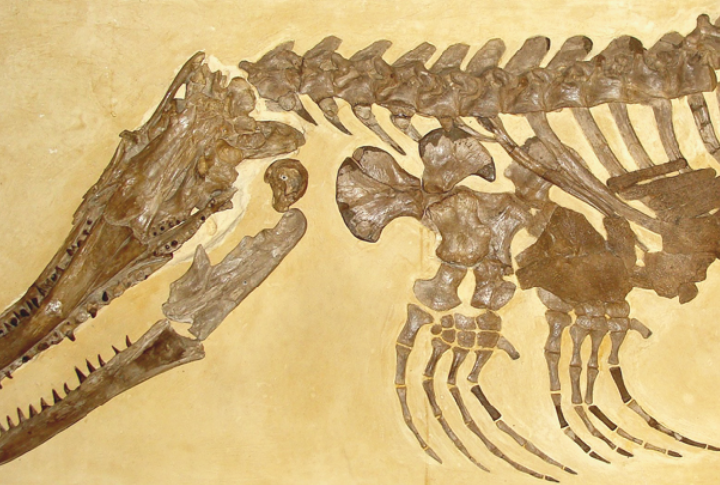
Bones covered in thick calcium deposits create natural time capsules, preserving species lost to time. Found in caves like Dos Ojos, these remains reveal a window into the Ice Age’s biodiversity. Such preservation is unique to the mineral-rich waters of Yucatán.
Ancient Canoes Showcase Early Waterway Mastery
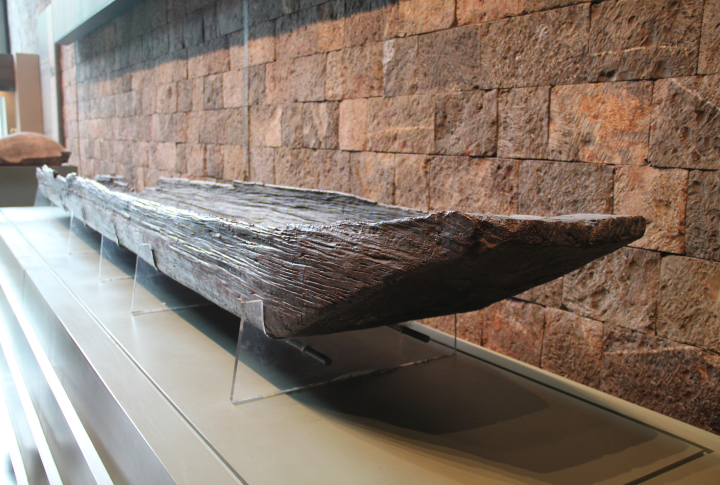
A wooden canoe, remarkably preserved, was found near Chichén Itzá. This vessel was used for rituals or trade and highlights the Maya’s navigation skills. The role of water in survival, trade, and culture in their society is evident in this example.
The ‘Eve Of Naharon’ Challenges Migration Theories
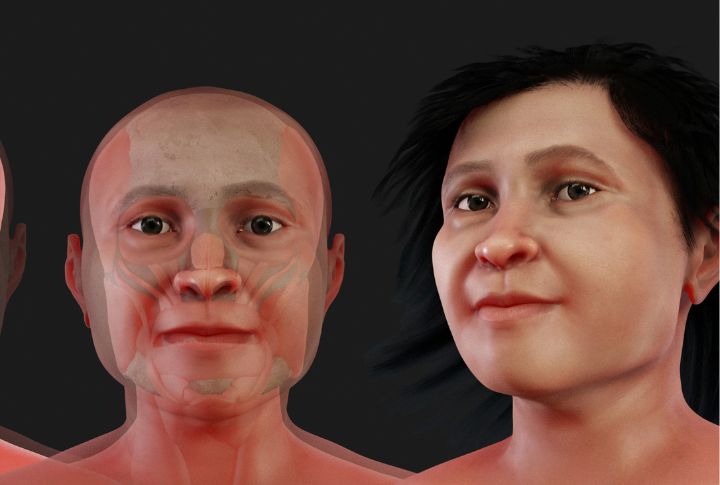
Unearthed near Tulum, Eve of Naharon’s remains date back 13,600 years. She is now among the earliest known inhabitants of the Americas. Her discovery challenges chronological assumptions that hint at even earlier waves of migration that shaped human history on the continent.
